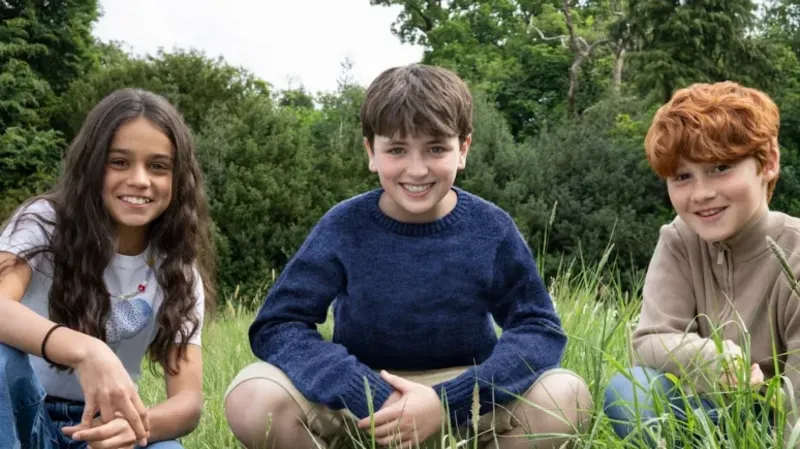Successful environmental projects benefit nature and people, study finds

Restoring and protecting the world’s forests is crucial if humanity is to stop the worst effects of climate breakdown and halt the extinction of rare species.
Researchers have been concerned, however, that actions to capture carbon, restore biodiversity and find ways to support the livelihoods of the people who live near and in the forests might be at odds.
This is a particular issue in many parts of the globe that have important forests, as the people living nearby often have precarious livelihoods that can be negatively affected if the land they use to survive is encroached on.
Now a new work led by Dr Trisha Gopalakrishna, published in Proceedings of the National Academy of Sciences, has found that, with careful thought, all three important outcomes can be delivered by setting up “integrated” plans, where all three goals are combined.
The research finds that the plans could deliver more than 80% of the benefits in all three areas at once and that socioeconomically disadvantaged groups would benefit disproportionately from this approach.
Gopalakrishna and her fellow researchers used a framework called Nature’s Contribution to People (NCP) to show how restoring nature and biodiversity can help communities to thrive if it is done carefully. They said it shows that there can be a holistic relationship between restoration and benefits to humanity that can include reducing socioeconomic inequality.
In India, where the mapping took place, 38%-41% of the people affected by integrated spatial plans for these forests belong to socioeconomically disadvantaged groups.
The researchers generated maps of 3.88m hectares of possible forest restoration area, and found that integrated plans aimed at multiple goals rather than just one delivered on average 83.3% of climate crisis mitigation NCP, 89.9% of biodiversity value NCP and 93.9% of societal NCP compared with those delivered by single-objective plans.
























































